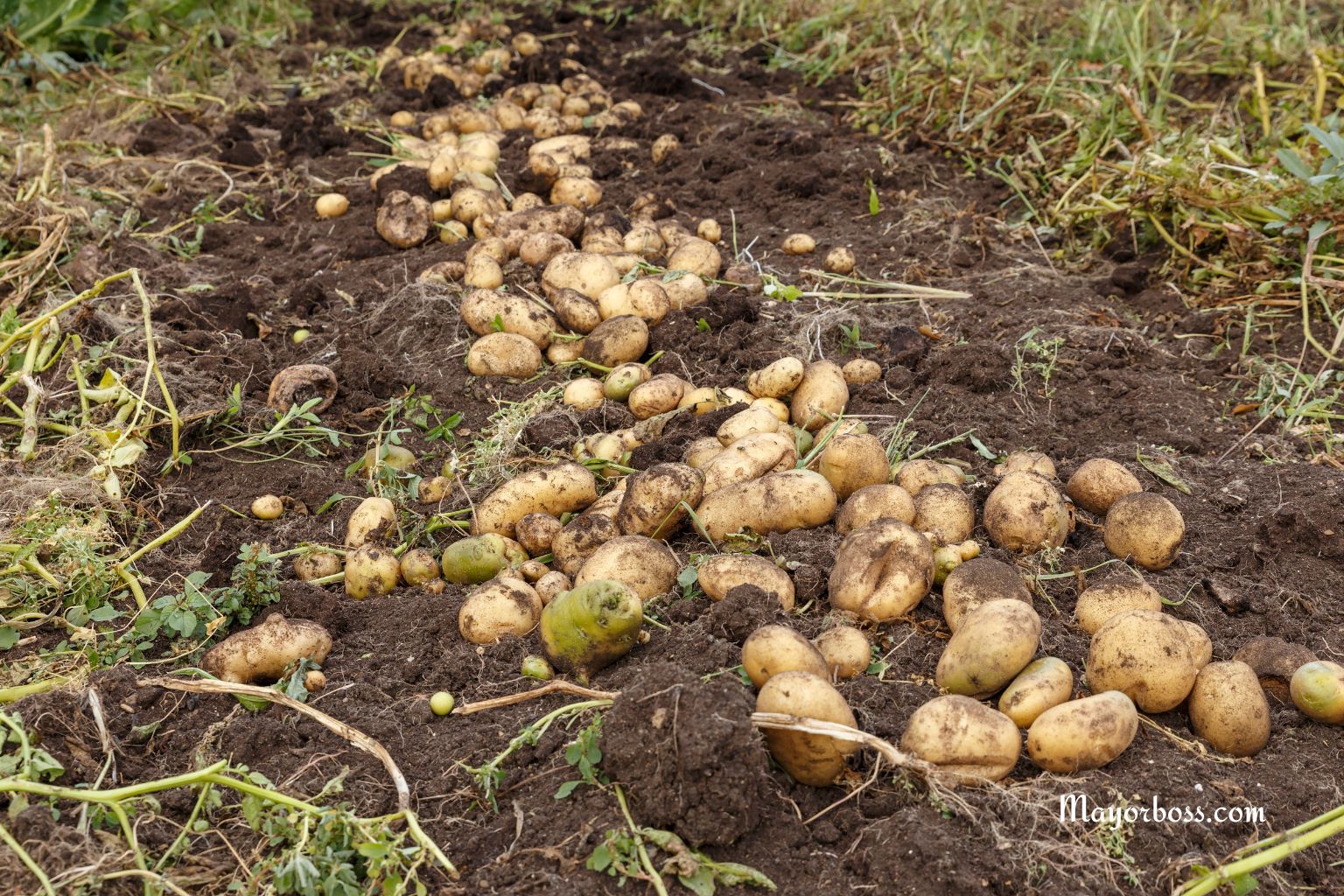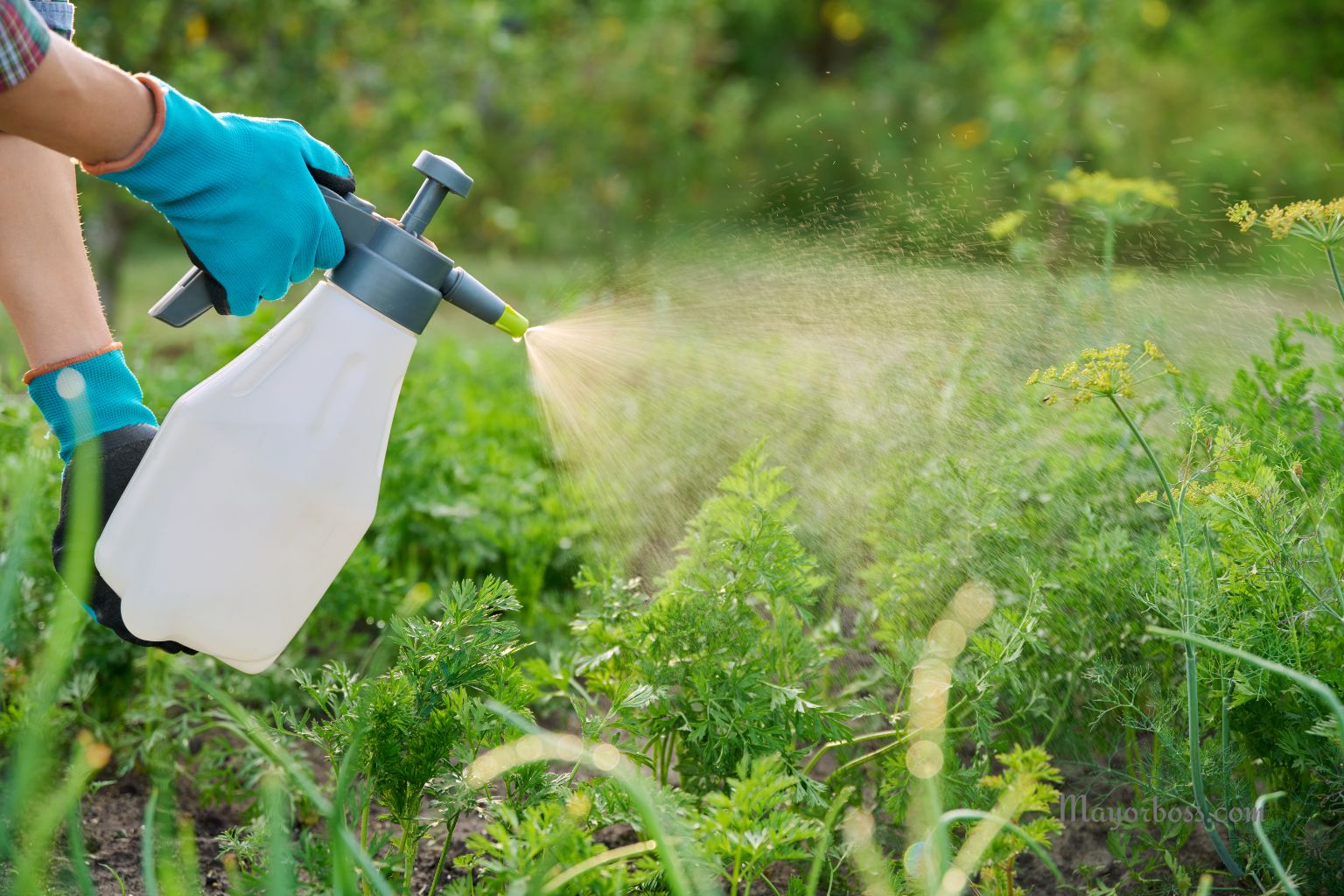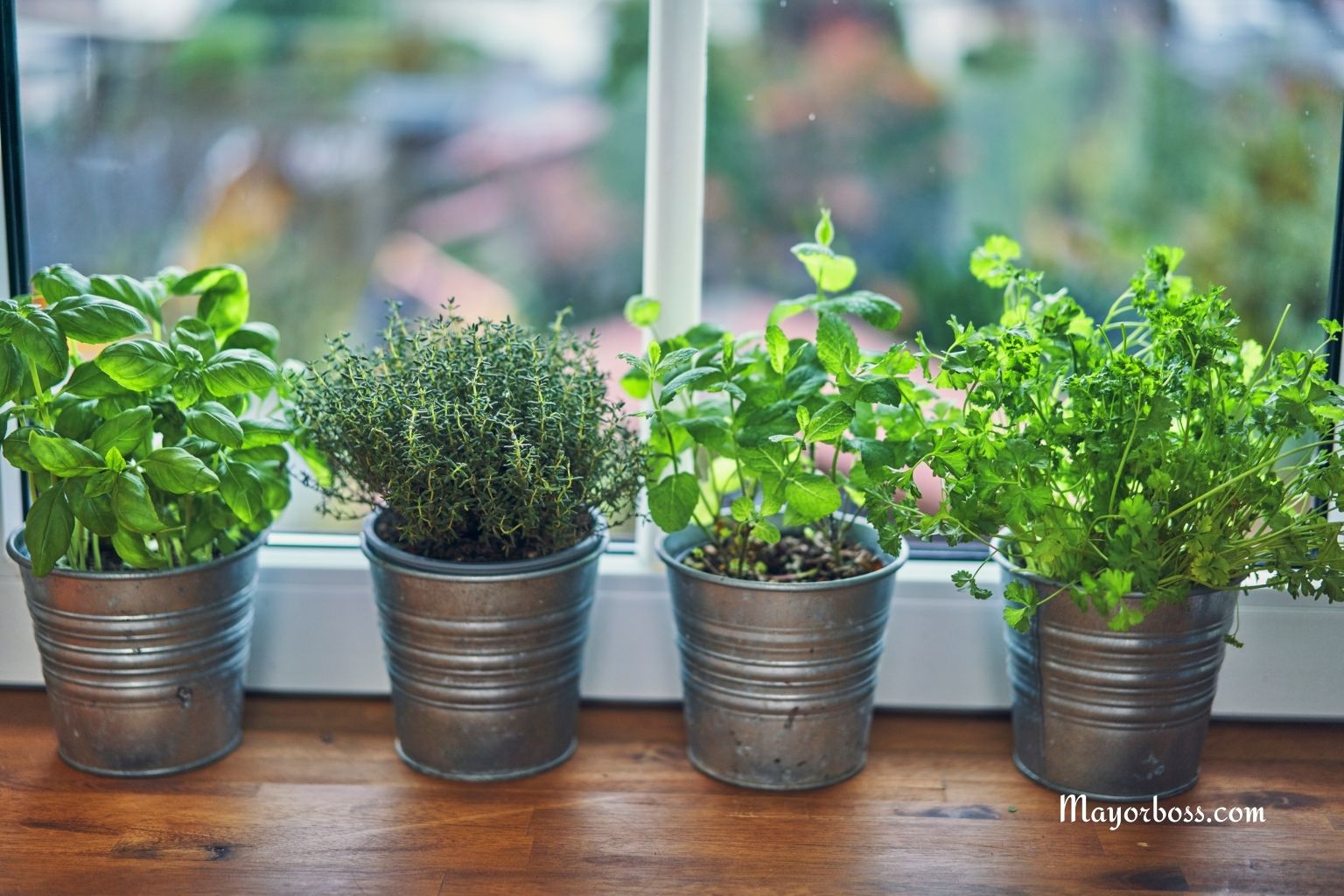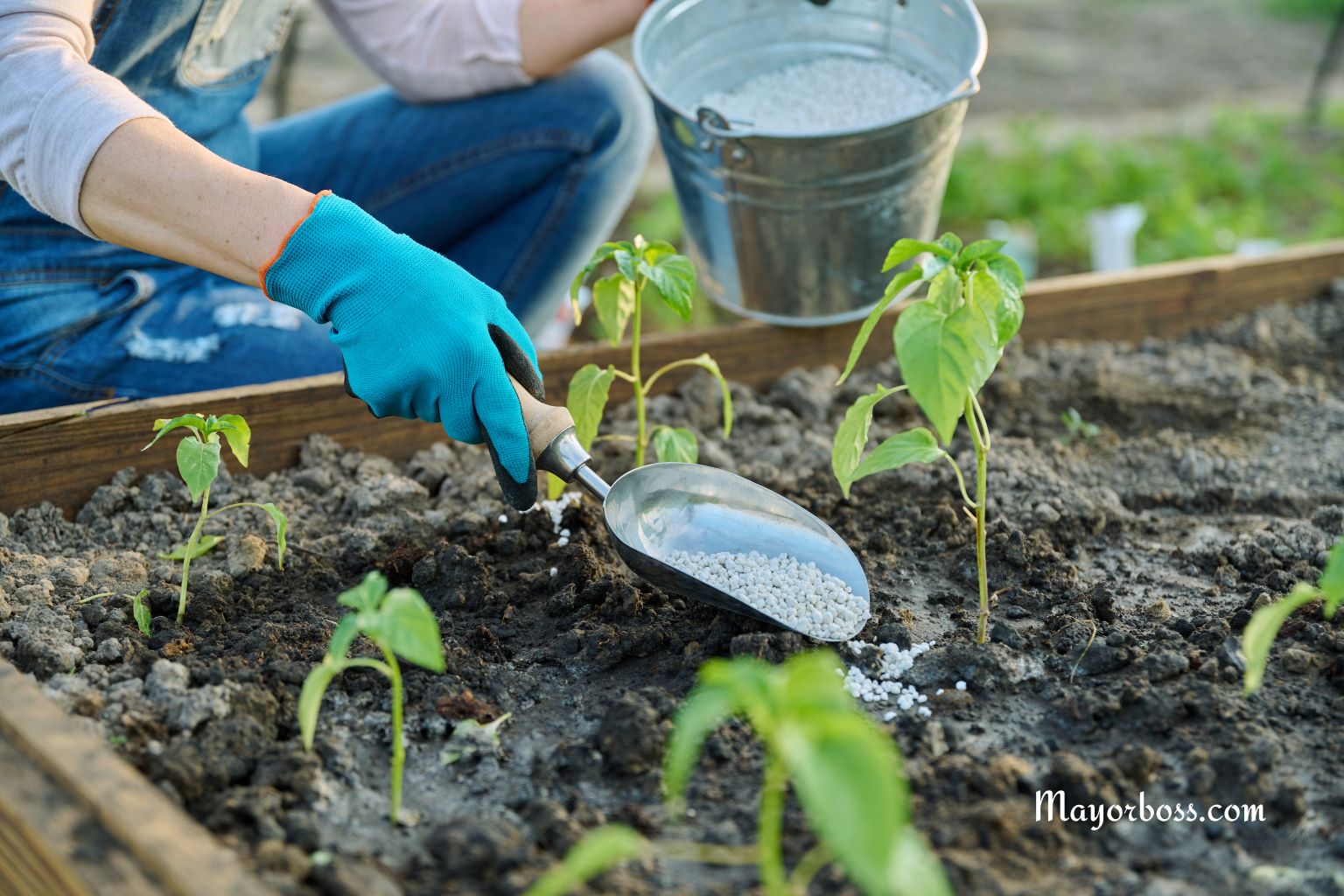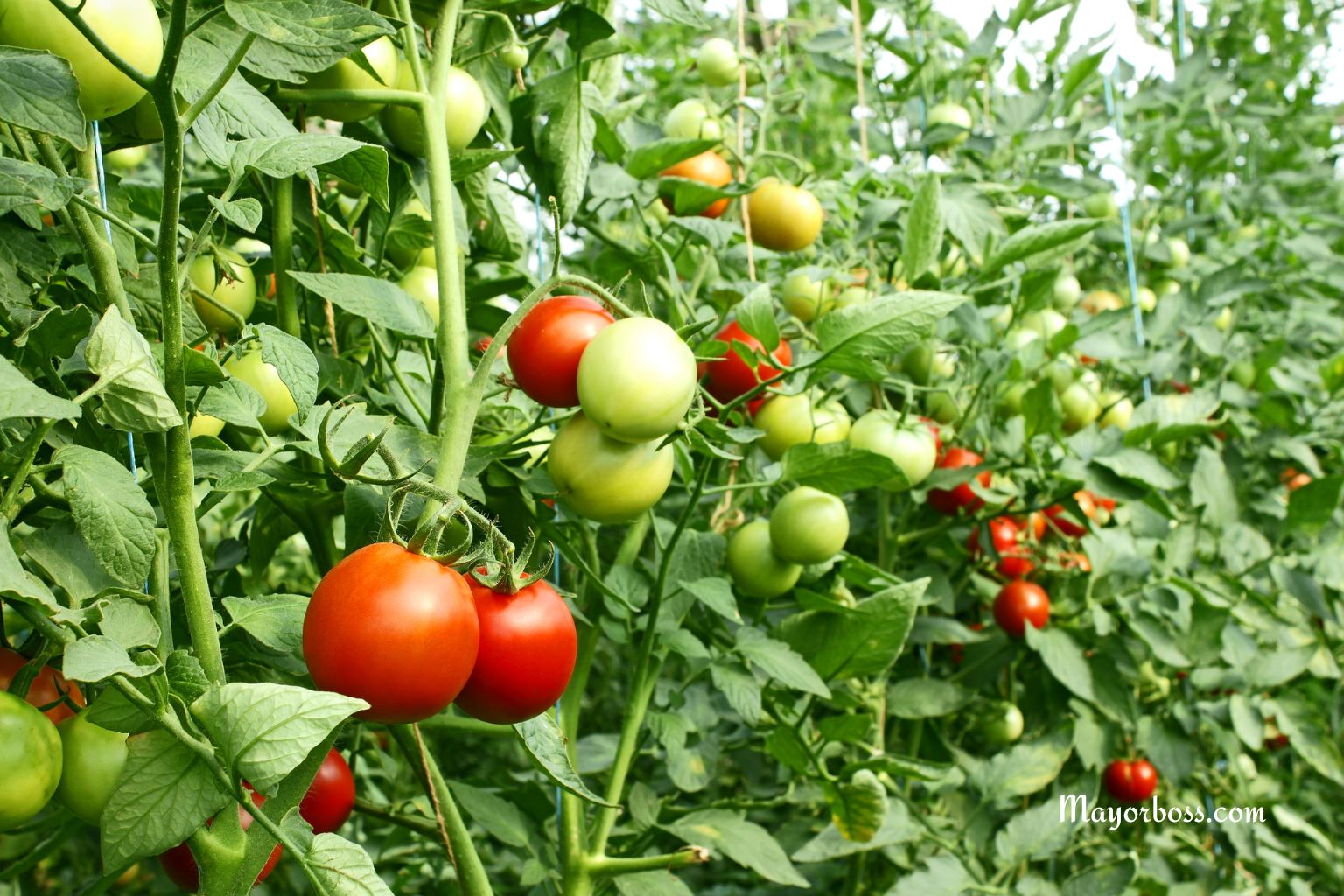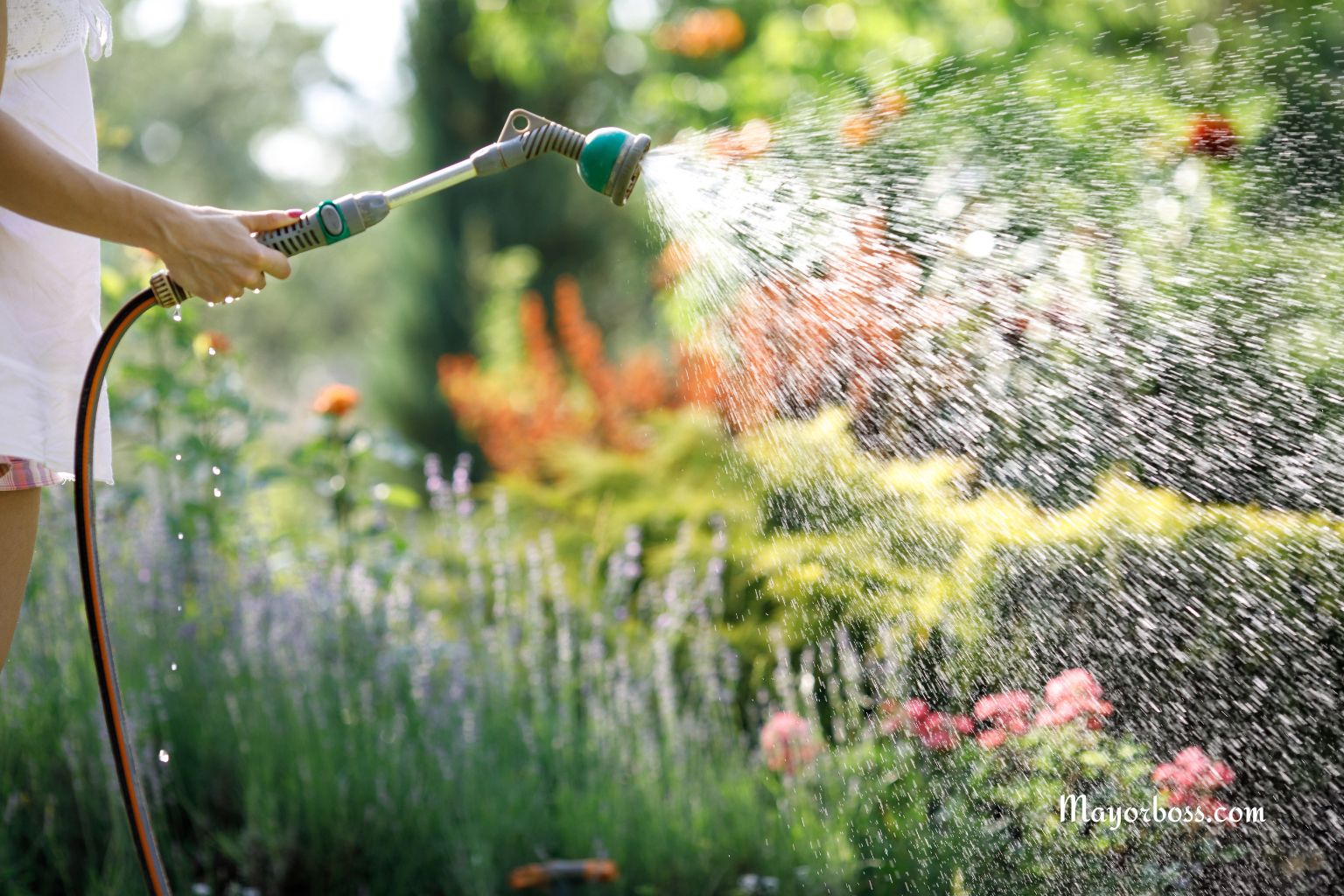7 Plants You Should Never Grow Next to Your Tomatoes
Certain plants can hurt your tomato harvest. Avoid planting these near your tomatoes.
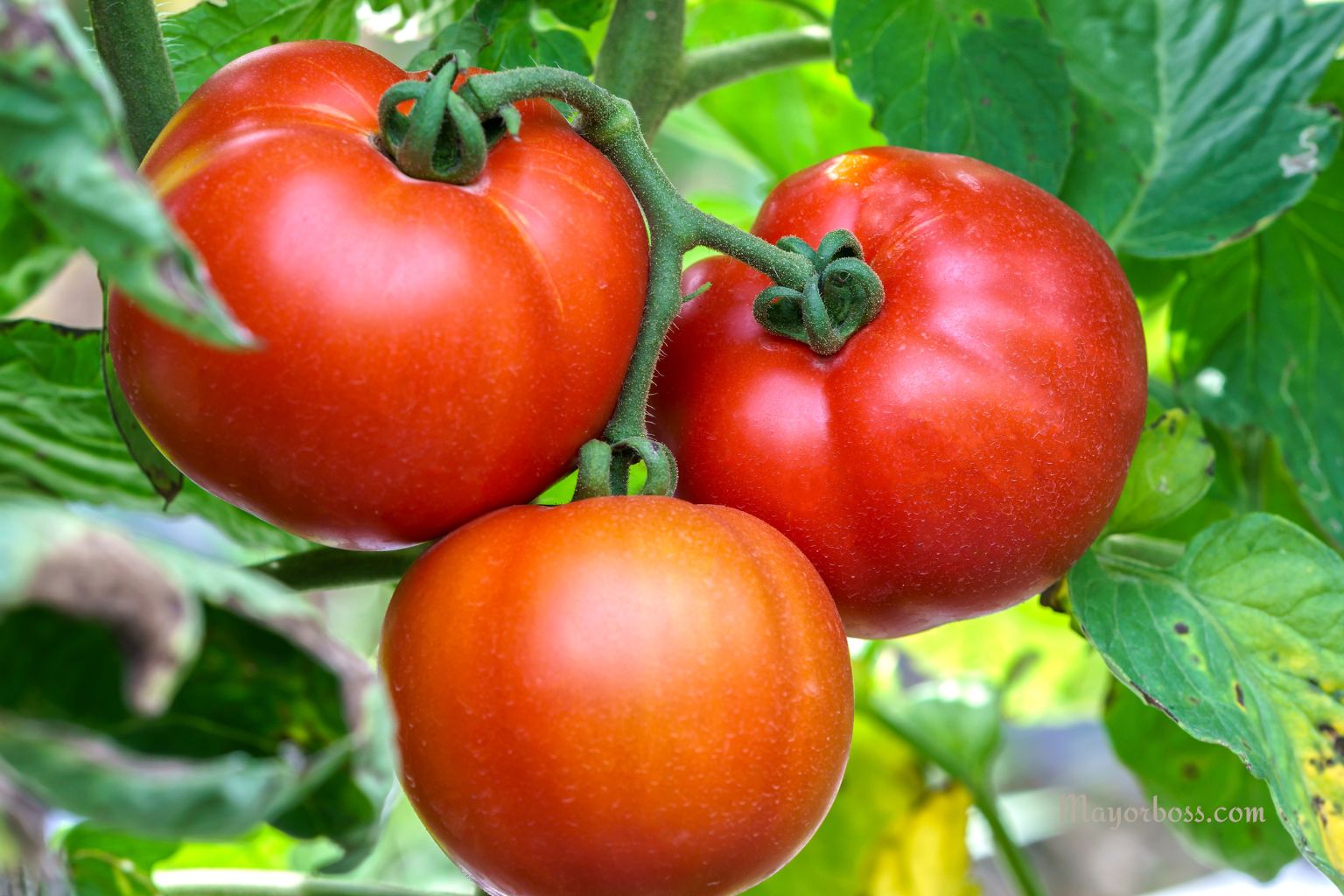
Tomatoes are one of the most popular crops in home gardens. They’re rewarding to grow, but they can also be sensitive. The plants around them can help or harm their growth, flavor, and yield. If you’re growing tomatoes, it’s just as important to know what not to plant nearby.
Some plants compete for nutrients. Others attract pests or spread disease. And a few simply don’t get along with tomatoes due to chemical or root interactions. Here are seven plants you should avoid planting next to your tomatoes.
1. Corn
Corn and tomatoes may seem like harmless neighbors, but they attract the same pest—the corn earworm (also known as the tomato fruitworm). When you grow them close together, you’re inviting this destructive insect to feast on both crops.
Corn is also a heavy feeder, just like tomatoes. Growing them side by side can lead to nutrient competition. Your tomatoes might not get the nitrogen and phosphorus they need, which can lead to weak plants and poor fruit development.
2. Potatoes
Tomatoes and potatoes are from the same plant family: nightshades (Solanaceae). While that might sound like a match, it actually increases the risk of spreading soil-borne diseases like blight.
Late blight is a fungal disease that spreads quickly, especially when these two crops are planted close together. It can wipe out your tomato crop within days. Both plants also compete for similar nutrients and space underground, which can lead to stunted growth.
3. Cabbage and Other Brassicas
Cabbage, broccoli, cauliflower, kale, and Brussels sprouts all belong to the Brassica family. These vegetables don’t pair well with tomatoes. They release chemicals into the soil that can inhibit tomato growth.
Tomatoes also need a lot of space and sunlight, and brassicas tend to spread out and shade their neighbors. That lack of light can weaken tomato plants and slow fruit ripening. It’s best to keep these two families in separate garden beds.
4. Fennel
Fennel is known for being allelopathic. That means it releases substances into the soil that can suppress the growth of nearby plants, including tomatoes.
Even though fennel is a flavorful herb, it’s not a good garden companion. It tends to stunt growth, disrupt root development, and reduce the yield of any plant growing too close. For safety, give fennel its own space far from your tomato patch.
5. Dill
Dill is another herb that doesn’t pair well with tomatoes once it matures. While young dill might seem harmless or even helpful, mature dill can inhibit tomato plant growth by affecting root systems.
Dill also attracts hornworms, a serious pest that loves tomatoes. If you’re growing dill, keep it in a different section of the garden, away from your tomatoes.
6. Eggplant
Eggplants, like tomatoes, are nightshades. And just like potatoes, they are susceptible to the same diseases and pests, including blight and flea beetles.
When you grow too many nightshades together, pests and diseases can spread quickly. Crop rotation and spacing are key to preventing outbreaks. Avoid planting eggplant next to tomatoes, and don’t plant them in the same spot each year.
7. Walnut Trees (and Their Leaves)
If your garden is close to a black walnut tree, your tomatoes could be in trouble. These trees release a compound called juglone, which is toxic to tomatoes.
Juglone can cause wilting, yellowing, and even death in tomato plants. The compound leaches from the roots and fallen leaves, contaminating the soil around the tree. Keep tomatoes well away from walnut trees or their mulch.
What You Can Plant Near Tomatoes
On the other hand, some plants can support tomato growth. These include:
- Basil – Repels pests and may improve flavor.
- Marigolds – Helps control nematodes and aphids.
- Garlic and onions – Deter many insect pests.
- Carrots – Help loosen the soil for tomato roots.
Companion planting isn’t just about putting pretty plants side by side. It’s about creating balance in your garden to promote health, growth, and protection for your crops.
FAQs
1. Can I plant tomatoes near peppers?
Yes, but cautiously. Peppers and tomatoes share some pests and diseases, so keep an eye on both plants and rotate them each season.
2. Is it okay to grow beans near tomatoes?
Bush beans are fine, but avoid pole beans—they can compete for space and tangle with tomato vines.
3. How far should I plant potatoes from tomatoes?
At least 10–12 feet apart, ideally in separate garden beds.
4. Can I plant herbs with tomatoes?
Yes, but avoid mature dill and fennel. Basil, parsley, and thyme are great companions.
5. What’s the best way to prevent disease in tomatoes?
Use crop rotation, water at the base (not on leaves), and avoid planting near disease-prone crops like potatoes or eggplant.

